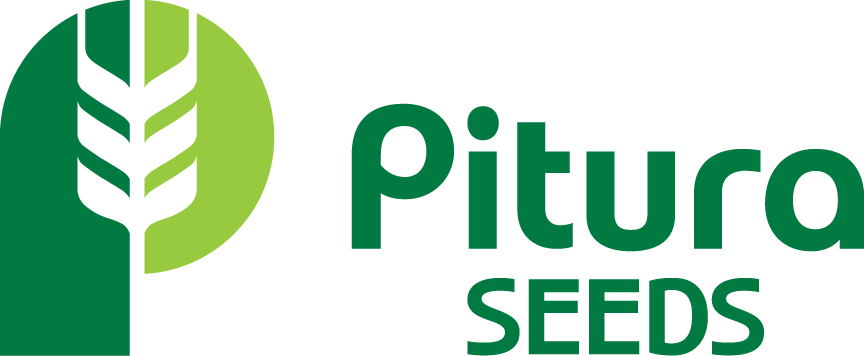Nitrogen Application Throughout The Growing Season
With seeding/planting coming to an end and seed decisions finalized, we can think about how we will further supplement our crop with its nutrient’s needs. There are many ways to supply nitrogen to the crop during the growing season. Top dress, side dress, dribble band, broadcast, fall application, or fertigation are options to apply nitrogen for the crop to use. In Manitoba, 10-12% of farmers apply nitrogen after planting. This percentage is low when compared to Ontario farmers and US farmers.
For this article, we will focus on corn. On average corn needs 1.7 to 2 lbs. of nitrogen per bushel. This means for a 160-bushel corn crop, 272 to 320 lbs. of nitrogen are needed throughout the growing season. Our soil does not have the capacity to hold as much nutrients as the corn needs so split application with an in-season application is a good option.
The weather this spring has been the kind of weather that promotes nitrogen loses in the soil. The question of how far has the nitrogen leeched down has come up in a few conversations. Nitrogen deficiency signs will occur if the corn’s roots cannot reach the nitrogen in the soil. This is why having a nitrogen management plan throughout the season is a good idea.
Split application decisions are not a simple task to complete. How much time/people are available, the weather (rainfall mostly) throughout the season, what stage the corn is, the type of soil, and nitrogen management strategies are all important factors that will affect the decision of split nitrogen application. Depending on the type of split application you decide you may need certain equipment, people, or timing to ensure the nitrogen is applied correctly. Timing of corn stages are important for split applications. V4-V8 is the best timing for side dressing but the weather must coincide with this timing too. If the soil is lighter, it will benefit from having a higher proportion of nitrogen applied after planting when compared to heavier clay soils. These are just some of the factors that may guide your decision of split applying your nitrogen.
There are multiple advantages of split application of nitrogen for corn including:
- In season application means the right amount of nitrogen is available when the corn requires it. This means the plant utilizes the nitrogen quicker and more efficiently. The second application should be timed to give the plant maximum benefit. Almost all the second application will actually be taken up by the plant because the roots are more developed and better able to access nitrogen. Plant’s nitrogen requirement is increasing as the season progresses so uptake is more efficient.
- Helps manage risk- nitrogen that is fall applied can leach if we get a lot of rain. In a dry year, the plant may not require the full amount that is fall applied. Split application allows you to match the nitrogen amounts with environmental conditions and yield potential of the corn. By waiting until June to apply nitrogen, have a better idea of yield potential. We may also have a better idea of commodity prices then.
- Soil dependent- lighter soils that are at risk for leaching can benefit from several in crop nitrogen apps. Heavier soils will still benefit from one post seeding application.
- Minimize nitrogen loss- losses increase the longer the nitrogen sits in the soil. Split application reduces the amount of nitrogen sitting in the soil, preventing potential for losses.
- Improve logistical efficiency- reducing rate of nitrogen applied at seeding means more seed in drill, seed more acres in one fill and keep seeding going for longer.
- Promotes agricultural sustainability by limiting nitrogen losses. This makes us responsible stewards of the land.
Tips for split applying nitrogen:
Soil tests can be done and will help guide timing and application rate of the nitrogen. Knowing how much available nitrogen is in the soil before you apply more will allow you to avoid over or under applying nitrogen. Knowing your soil texture will be helpful to determine what proportion should be applied before or after planting. Lighter soils benefit from a higher proportion of nitrogen applied as a second application because of the increased nitrogen loss risk from a pre-plant application. In wet years, split applications have been seen to have a better chance to improve yields. On corn-on-corn rotations, apply higher rate as pre plant because high residue levels can temporarily immobilize nitrogen. This can lead to deficiency symptoms early in growing season. Avoid windy days because the wind can cause inconsistent spread patterns. Ensure drop nozzles that run along the ground have a consistent output and don’t bounce around. Lastly, use a urease inhibitor to prevent volatilization.
Every producer and every retail should have a plan for making rescue nitrogen applications in place before the season starts. This way we can ensure the crop gets the right amount of nutrients it requires at the right time.
~Annabelle Calcott

